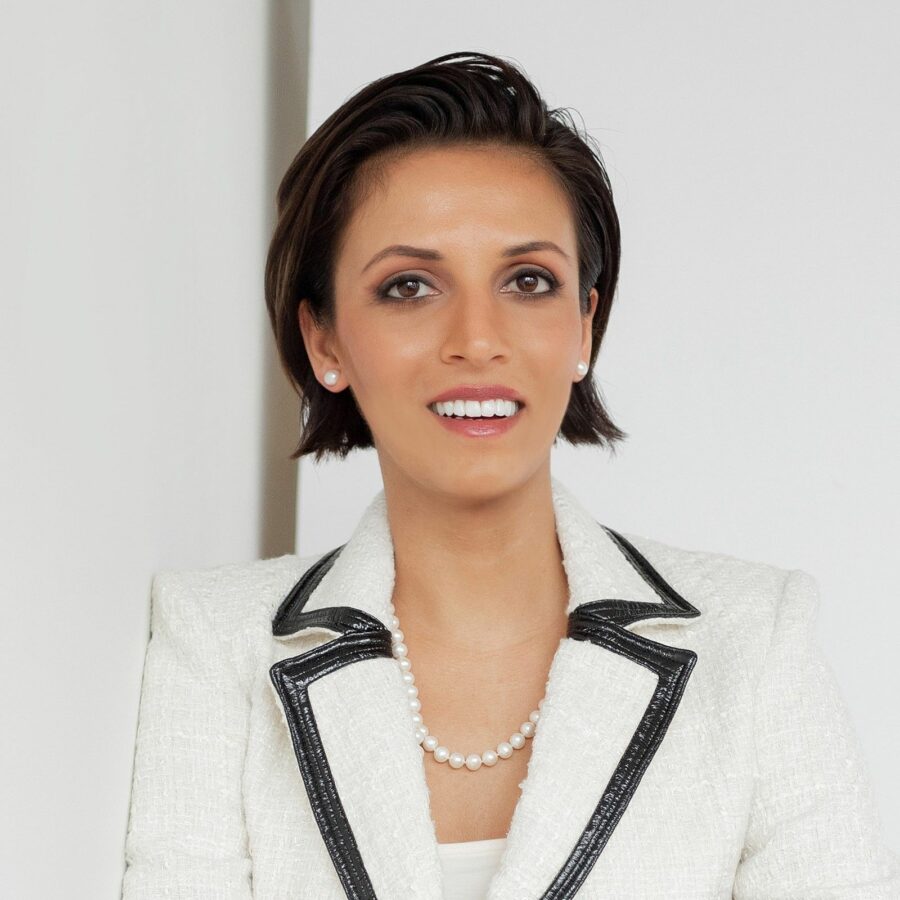A team of UCLA researchers has received a four-year, $1 million grant from the National Science Foundation’s Quantum Sensing Challenges for Transformational Advances in Quantum Systems program. The funds will support research on new sensor technologies that can precisely measure the previously unmeasurable.
Led by physical sciences professor Prineha Narang, who holds UCLA’s Howard Reiss Career Development Chair, the investigators will use quantum sensors to measure and understand atmospheric and aerosol chemistries that standard atmospheric sensors cannot detect. The particles contribute to poor air quality and climate change, and improved monitoring could help scientists identify better ways to clean up the air.
“Our team will use distributed quantum sensing with entangled states of light and novel quantum spectroscopy techniques to go beyond the ‘standard quantum limit’ for remote sensing of atmospheric constituents such as ammonia, nitrogen oxides and organic hydroperoxides,” Narang said. “We think our quantum sensors will be able to detect single molecules in the field.”
The particles, known as aerosols, are produced in the atmosphere by complicated chemical reactions that are hard to observe in real time. The quantities are highly variable and there is a vast number of particle types. Both of those factors make studying atmospheric chemistry difficult.
Suzanne Paulson, an atmospheric chemist and the department chair of atmospheric and oceanic sciences, said research in her field is extremely limited by what scientists are able to measure.
“We concentrate samples so we can measure them but then we worry that concentration alters them,” she said. “Whenever we get a new measurement technique, we can learn more and do more. If we can have a network of highly sensitive, inexpensive sensors, we can get much better spatial resolution.”
Among the other investigators are Andrea Bertozzi, a UCLA distinguished professor of mathematics and of mechanical and aerospace engineering, colleagues at the UCLA Samueli School of Engineering and Sunil Bhave of Purdue University. Together, they will aim to develop a network of sensors that take advantage of the unique behaviors of subatomic matter to observe atmospheric chemistry in real time by detecting minute quantities of particles or even single molecules of atmospheric constituents such as ammonia, nitrogen oxides and organic hydroperoxides.
The “entangled” quantum network will be different from classical sensor networks in that the measurements of each sensor will be integrated holistically with the others, making the entire network act like one sensor. The approach is similar in concept to how a doctor assesses a patient’s circulatory system by taking the person’s pulse, listening to their heartbeat and measuring their blood pressure. In classical sensor networks, the measurements of each sensor remain distinct and must be integrated upon analysis.
Grant support for the UCLA project is aligned with the NSF’s broader strategy, backed by a $29 million investment nationwide, to realize the scientific and technological advances called for in the National Quantum Initiative Act of 2018 andoutlined in the 2022 National Science and Technology Councilreport “Bringing Quantum Sensors to Fruition.”
